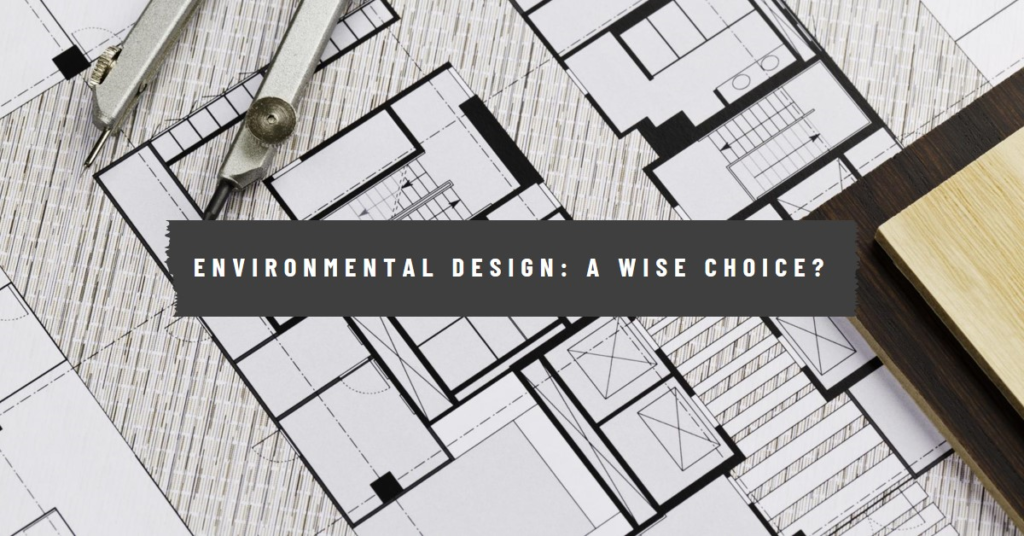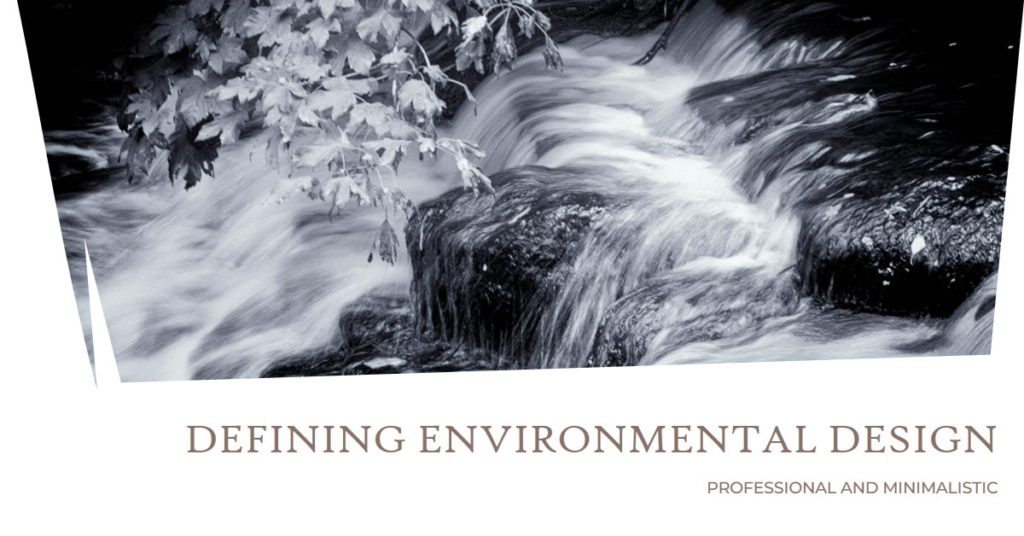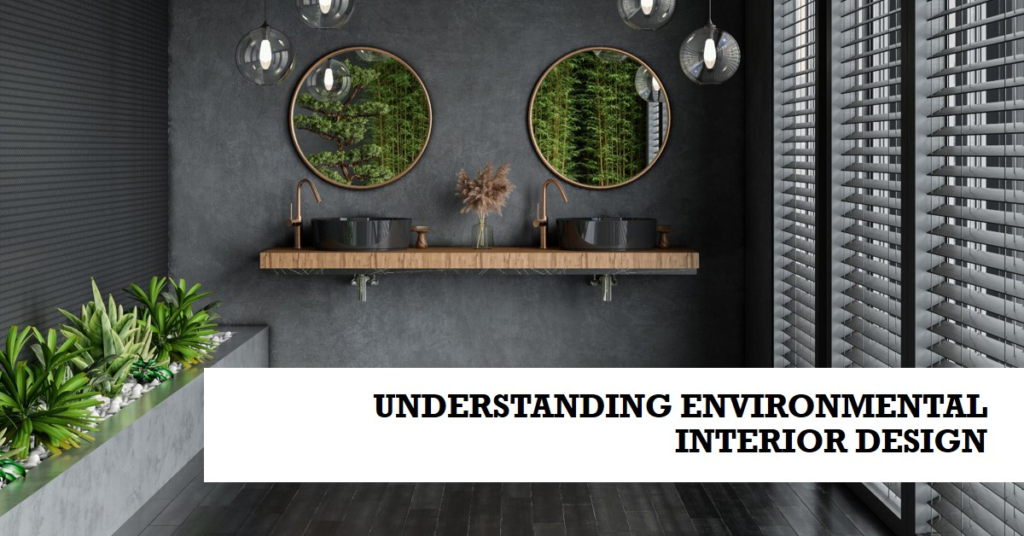
Table of Contents
- Navigating the Future: Is Environmental Design a Good Major to Choose?
- Understanding Environmental Design
- The Growing Importance of Sustainability
- Career Opportunities in Environmental Design
- Developing Essential Skills
- The Role of Creativity
- Challenges and Rewards
- The Impact on Communities
- Considering Your Personal Goals
- The Future of Environmental Design
- Conclusion: Making the Decision
Navigating the Future: Is Environmental Design a Good Major to Choose?
Environmental design, as a field of study and practice, has garnered significant attention in recent years. With growing concerns about sustainability, climate change, and urban development, more students are considering this major. But is environmental design the right choice for you? In this blog post, we will explore various aspects of environmental design, its relevance, potential career opportunities, and the skills you will acquire, among other factors. By the end, you should have a clearer understanding of whether this is the right path for you.
Understanding Environmental Design
Environmental design is an interdisciplinary field that focuses on creating spaces that enhance the quality of the environment and human life. This involves integrating principles from architecture, landscape architecture, urban planning, and interior design. The goal is to create sustainable and aesthetically pleasing environments that meet the needs of the present without compromising the ability of future generations to meet their own needs.
The curriculum typically includes courses in design theory, environmental psychology, sustainable building practices, and digital design tools. Students learn to design spaces that are not only functional but also environmentally responsible. This broad education prepares graduates to tackle various challenges in both urban and rural settings.
The Growing Importance of Sustainability
One of the most compelling reasons to choose a major in environmental design is the increasing importance of sustainability. As the world faces unprecedented environmental challenges, the demand for professionals who can design sustainable solutions is on the rise. This trend is not just a passing phase; it reflects a fundamental shift in how we approach development and resource management.
Environmental design programs emphasize sustainable practices, teaching students how to minimize energy consumption, reduce waste, and use materials that are both durable and environmentally friendly. Graduates are well-equipped to contribute to the creation of green buildings, sustainable cities, and eco-friendly landscapes. This focus on sustainability not only benefits the planet but also aligns with the values of many young people today.
Career Opportunities in Environmental Design
A degree in environmental design opens up a wide range of career opportunities. Graduates can work in various sectors, including architecture, urban planning, landscape architecture, and environmental consulting. Many find employment in private firms, government agencies, and non-profit organizations dedicated to sustainable development.
For those interested in architecture, environmental design offers a solid foundation in sustainable building practices. Urban planners can leverage their knowledge to design cities that are more livable and resilient. Landscape architects use their skills to create outdoor spaces that are both beautiful and environmentally sustainable. Environmental consultants advise organizations on how to minimize their ecological footprint.
Developing Essential Skills
Studying environmental design helps students develop a diverse set of skills that are highly valued in the job market. These include technical skills, such as proficiency in computer-aided design (CAD) software and Geographic Information Systems (GIS), as well as soft skills like critical thinking, problem-solving, and teamwork.
Technical skills are essential for creating detailed design plans and models. Students learn to use industry-standard software to visualize their ideas and ensure their designs are feasible. Soft skills, on the other hand, are crucial for working effectively with clients, colleagues, and stakeholders. Environmental design projects often require collaboration and negotiation, making these skills indispensable.
The Role of Creativity
Creativity is at the heart of environmental design. The field challenges students to think outside the box and develop innovative solutions to complex problems. This creative aspect is one of the most appealing features of the major, attracting individuals who are passionate about design and eager to make a positive impact on the world.
In environmental design programs, students engage in hands-on projects that encourage creative thinking. They learn to balance aesthetic considerations with functional and environmental requirements. This creative process is not only rewarding but also prepares graduates to tackle real-world challenges with confidence and originality.
Challenges and Rewards
Like any field of study, environmental design comes with its own set of challenges. The coursework can be demanding, requiring a strong commitment to both theory and practice. Students must stay current with evolving technologies and industry trends, which can be both time-consuming and intellectually demanding.
However, the rewards of pursuing a major in environmental design are substantial. The sense of accomplishment that comes from creating sustainable and beautiful spaces is deeply satisfying. Moreover, the skills and knowledge gained through this program are applicable to a wide range of careers, providing graduates with flexibility and job security.


The Impact on Communities
One of the most rewarding aspects of a career in environmental design is the opportunity to make a tangible difference in communities. Environmental designers play a crucial role in shaping the spaces where people live, work, and play. Their work can enhance the quality of life, promote social equity, and contribute to environmental stewardship.
For example, designing a community park can provide residents with a place to relax and connect with nature. Creating a sustainable building can reduce energy consumption and lower utility costs for occupants. These contributions not only improve individual lives but also foster a sense of community and collective well-being.
Considering Your Personal Goals
When deciding whether to major in environmental design, it’s important to consider your personal goals and interests. Do you have a passion for design and sustainability? Are you interested in a career that combines creativity with technical expertise? Do you want to make a positive impact on the environment and society?
If you answered yes to these questions, environmental design might be the perfect fit for you. The major offers a unique blend of artistic expression, scientific knowledge, and practical skills. It provides a pathway to a fulfilling and impactful career, allowing you to contribute to the creation of a more sustainable and beautiful world.
The Future of Environmental Design
The future of environmental design looks promising. As the world continues to grapple with environmental challenges, the need for sustainable design solutions will only grow. Advances in technology, such as smart cities and green building materials, will create new opportunities for innovation and improvement.
Moreover, public awareness of environmental issues is increasing, leading to greater demand for sustainable practices in all areas of life. Governments, businesses, and communities are recognizing the importance of environmental stewardship, creating a supportive environment for professionals in this field.
Conclusion: Making the Decision
Choosing a major is a significant decision that requires careful consideration. Environmental design offers a compelling blend of creativity, technical skill, and social impact. It prepares students for a wide range of rewarding careers and equips them to address some of the most pressing challenges of our time.
If you are passionate about design and sustainability and are eager to make a positive difference in the world, environmental design could be an excellent choice for you. The field is dynamic, challenging, and full of opportunities. By pursuing a major in environmental design, you can contribute to the creation of a more sustainable and vibrant future for all.


